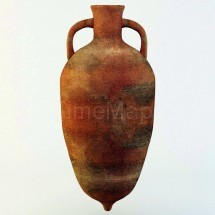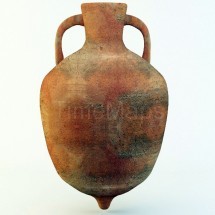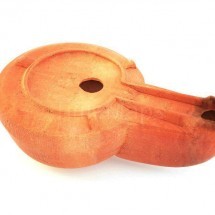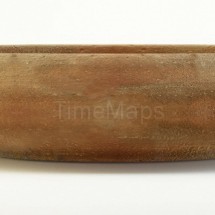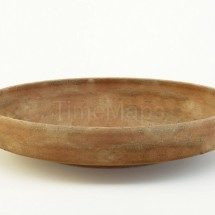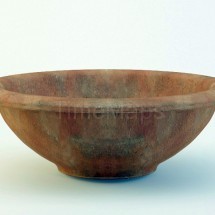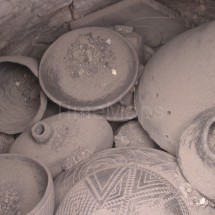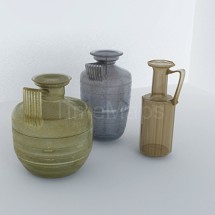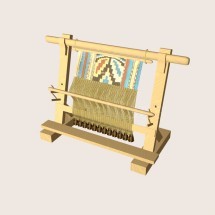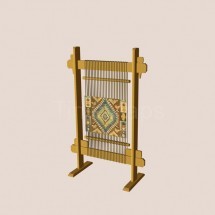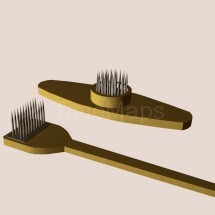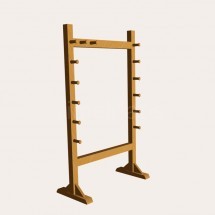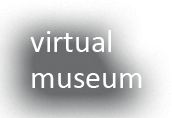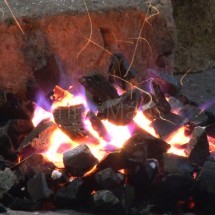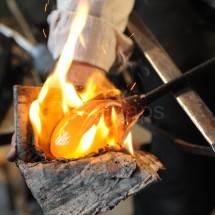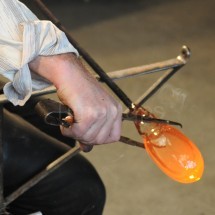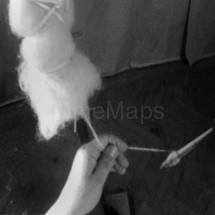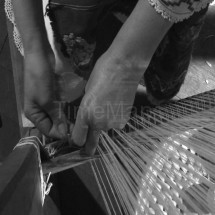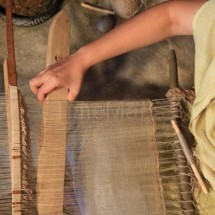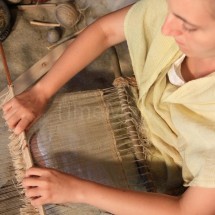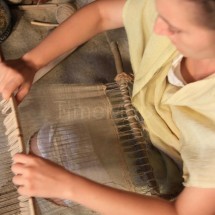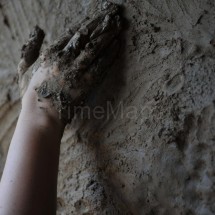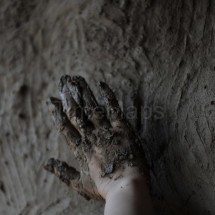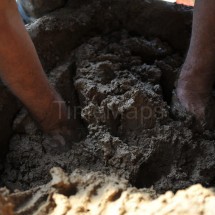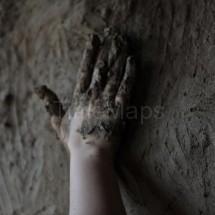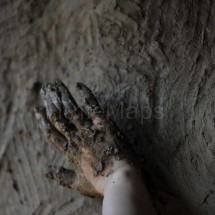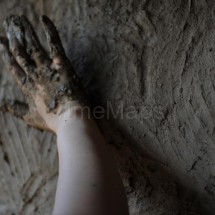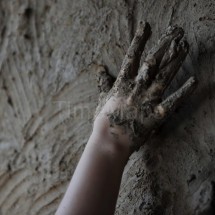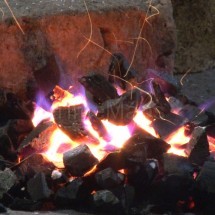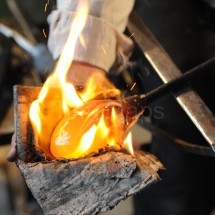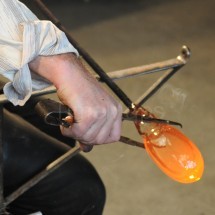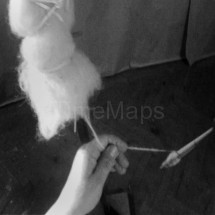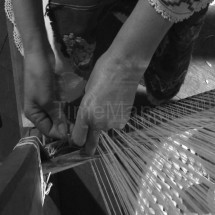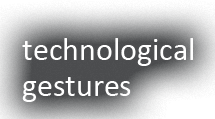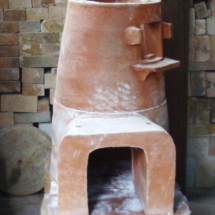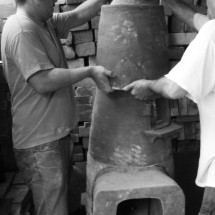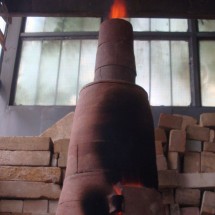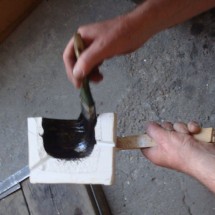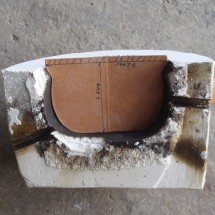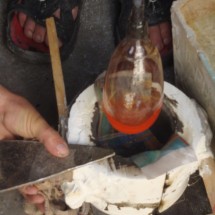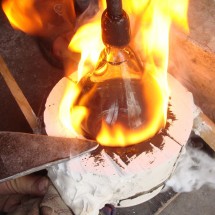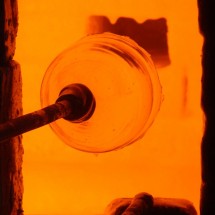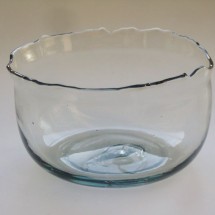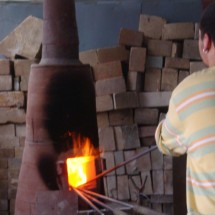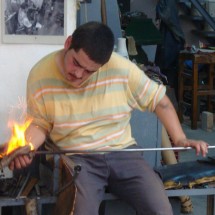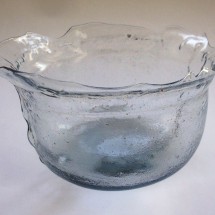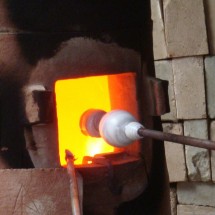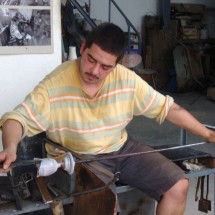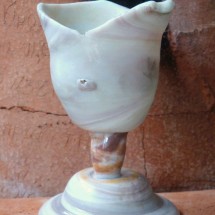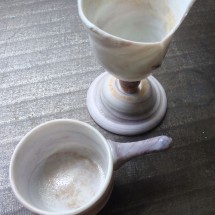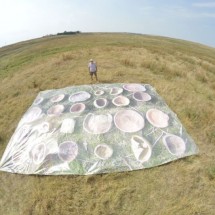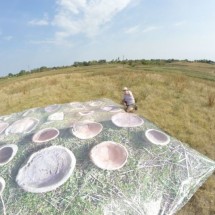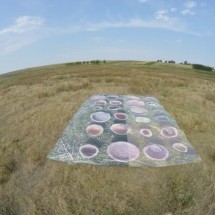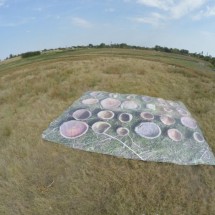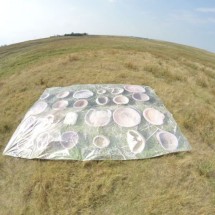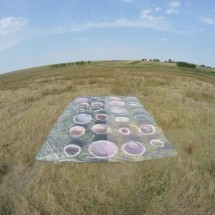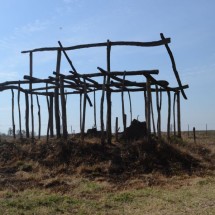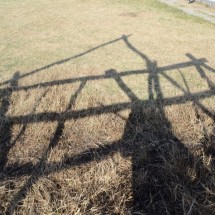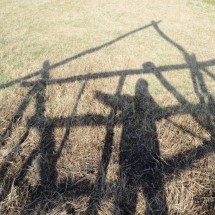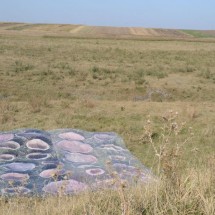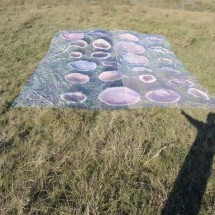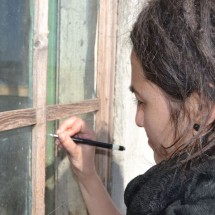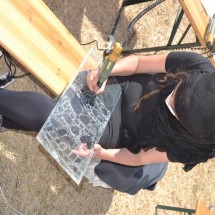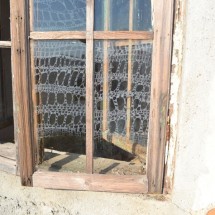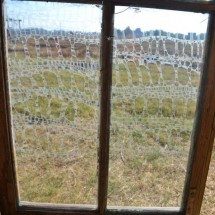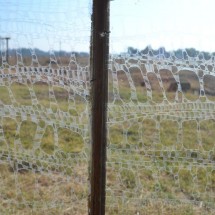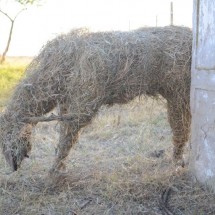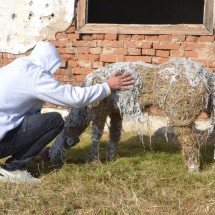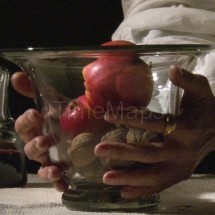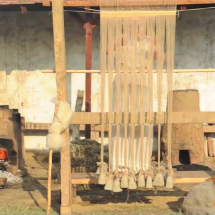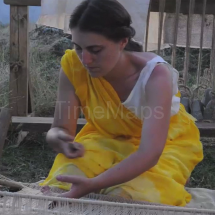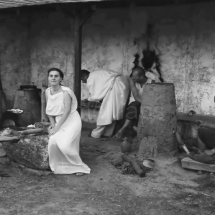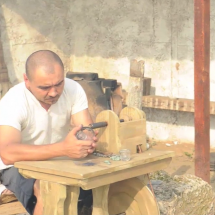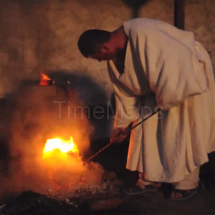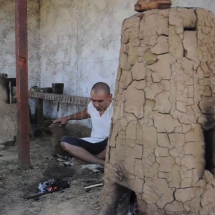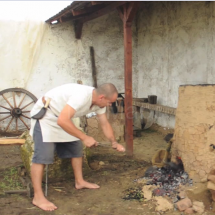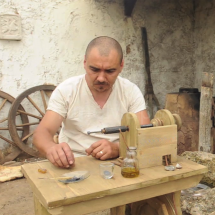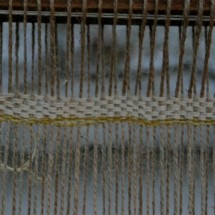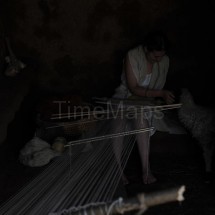
Project
This website is an educational tool.
Its purpose is to expand the way we imagine the Past, to draw attention to the ancient technologies and to try to revitalize them.
Time Maps proposes to redefine the relationship between art and science for a new, 21st century paradigm.
It intends to reconstruct the memory of forgotten places, which will be shared with the local community and with virtual communities as well, thus helping preserve and safeguard the material and immaterial heritage. We propose a new utilization of the mixed reality in urban and rural contexts by creating new mental maps, which will model human perception.
A Map of Time would be the memory of all the invisible places, of objects and gestures forgotten; it would be a Virtual World recovered. For every discovered location we intend to offer overlapped layers of information, to be accessed in the manner of an archaeological stratigraphy.
Every user will explore and integrate in the overlapped Virtual Worlds at different reconstructed chronological levels.
Time Maps will help first their makers to recover the humane message of the Past, and later will help contemporary communities to redefine their identity.
The website addresses a variety of audiences including students willing to learn ancient technologies, scholars interested in experimental archaeology, phenomenology, or art, or simply interested visitors.
Apart from the discovery of the chaînes-opératoires in the archaeological experiments, the website offers the alternative of approaching the Past through art, virtual agency, and Augmented Reality.
This webpage is designed under the form of an augmented stratigraphy.
Every level of dwelling reconstructed represents a “map of time”, which is related with various data from the Past or the Present.
Thus, the archaeological layers are augmented with data from: a) the Virtual Museum with objects specific to the respective epoch; b) the reconstruction of the technologies of object making; and c) the evocation of the use of these objects in their historical contexts, insisting on the sensoriality of the performance. To achieve a more complete immersion of the viewer, the Virtual Reality reconstructions were augmented with video films of archaeological experiments and re-enactments.
Additional educational facets of the website are the e-learning lessons on prehistoric and ancient technologies, presenting dual perspectives on the making of objects: those of the observer and of the operator. This approach offers a very accurate description of the chaînes-opératoires of each technology.
Finally, different workshops are also presented, following the stages of implementation of the project, together with the dissemination of the results of the research under the form of papers, conferences, or art exhibitions.
